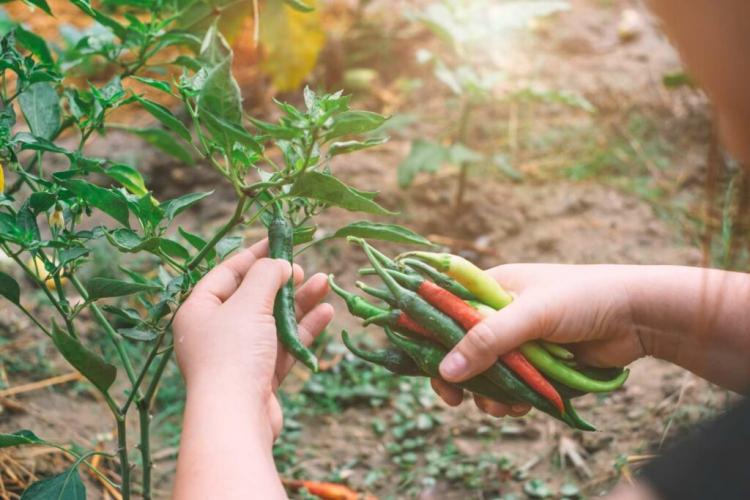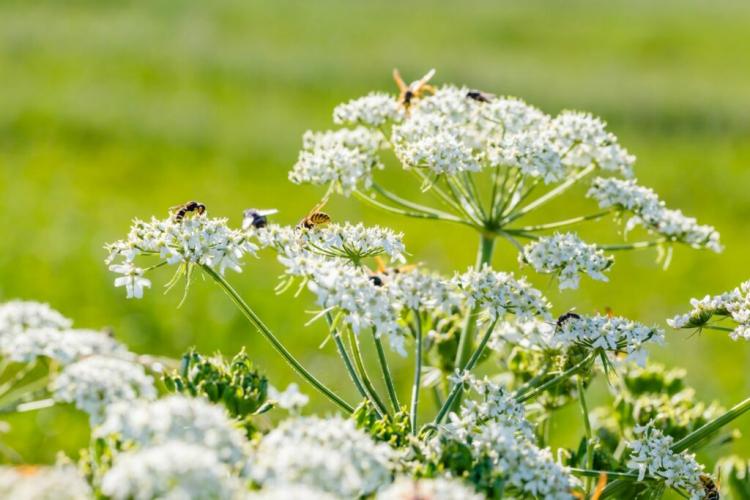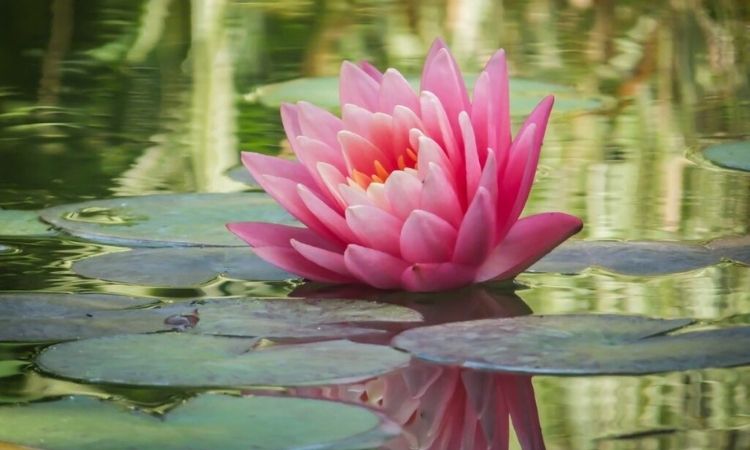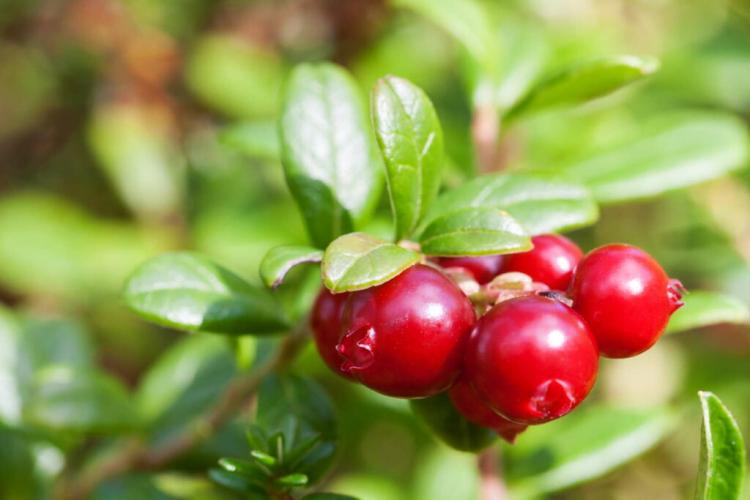Harvesting Chillies: Tips For Harvesting & Storing Chillies
To get the right heat, you have to be very careful when harvesting chilli. We show you how to properly harvest and store chillies.
Harvesting chillies has to be learned! Because on the right harvest of the fiery pods depends, for example, the so decisive sharpness and the aroma of the chilli ( Capsicum ). Many chilli lovers ask themselves the question at some point during the summer: When should I harvest my chillies? And what is the best way to store my chilli harvest? However, if you follow a few tips and have a little flair, harvesting chilli will be easy. In our article, we will tell you everything from the best harvest time, the correct harvesting procedure, to the storage of chilies.
Chilies belong to the large nightshade family ( Solanaceae ) and, like peppers, belong to the genus Capsicum. The hot chillies are cultivated forms or varieties of the following five types of Capsicum: Capsicum annum, Capsicum Chinese, Capsicum baccatum, Capsicum frutescens, and Capsicum pubescens. Experts estimate that there are between 2,500 and 3,000 types of chilli worldwide.
What is most valued in chillies is their fiery, sometimes fruity, sharpness. However, this depends very much on the correct ripeness and harvest of the chillies. So that you are completely satisfied with your chilli harvest, you should consider the following.
When is it time to harvest chilli?
Table of Contents
Unfortunately, one disadvantage of the incredible variety of chilli is that many varieties have different ripening times. A look at the seed package can help here: It is usually noted how long this particular variety of chilli takes to ripen. Otherwise, it is worth taking a look at the Internet. The ripening times of the most famous chilli varieties are easy to find there.
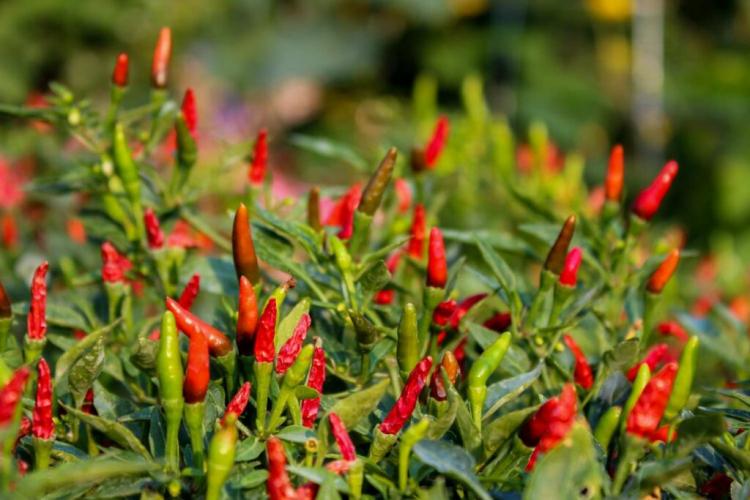
Another important indicator that gives information about the harvest time is the color of the chilli. Chilies first discolor at the top of the pod. The discoloration then pulls down from there. Once the pod begins to change color, it will be completely colored within a few days. When the chilli has completely changed color, be patient and give it three to five days to harvest. This is how it develops its best aroma.
Tip: If your chilli plants are in the open, the weather can sometimes thwart our plans when the chillies are fully ripe. In this case, it is more advisable to harvest the chillies when they are still unripe instead of accepting frost damage to the pods.
But not all chilli varieties are harvested red. ‘Jalapeño’ and ‘Serrano’ can also be harvested green. The types ‘Yellow Hot Wax’ and ‘Hungarian Wax’ only turn yellow, but never red. Finding the right time to harvest chillies is therefore not that easy and requires practice and experience. Once the chillies have been harvested, unlike tomatoes ( Solanum Lycopersicum ), they no longer ripen.
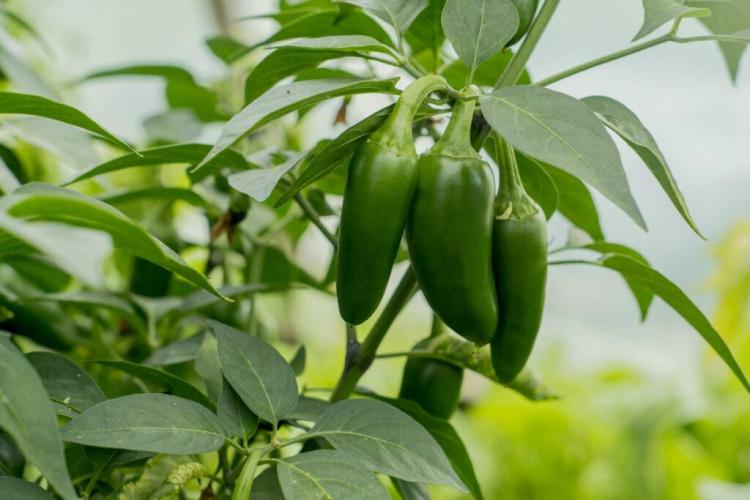
The following signals help determine the degree of ripeness of chilli:
- Color change
- The shell slowly wrinkles and contracts
- The pulp yields slightly when pressed
- Small black spots appear
Tip: Before you harvest all the chillies, take just one pod and try it. In this way, you can be sure that the optimal aroma and the right degree of spiciness have been achieved for you.
How to harvest chilli
When you have finally decided that the time to harvest has come, you have already mastered the toughest task. When harvesting the chillies, you should be careful not to damage the chillies. Therefore, the chili peppers should never be broken off just like that. Better to use scissors or a very sharp knife. Now cut the chillies in the middle between the stem and the plant. Don’t be put off by small discolorations and black spots. This in no way means that the chilli is sick or even inedible, but is completely normal for chillies. Heavily discolored pods are no longer suitable for drying.
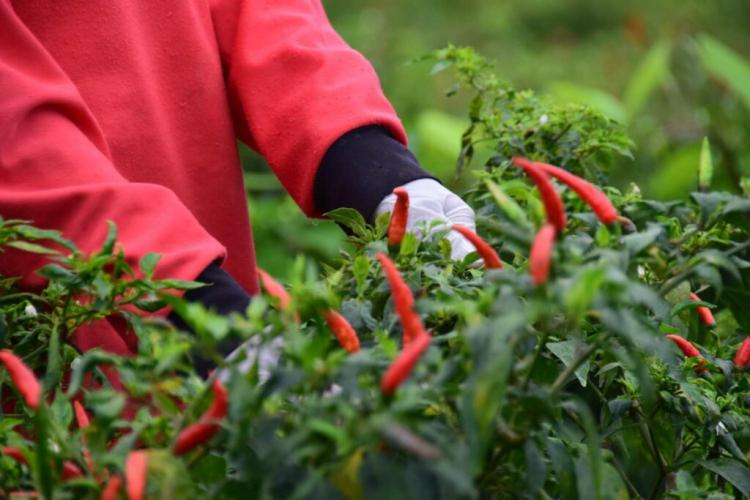
If you want to grow chillies again next year, you can win chilli seeds right after the harvest. To do this, a chilli pepper is halved with a knife and the seeds are scraped out with a spoon. The seeds are then laid out on kitchen paper and dried. If you win your own chilli seeds, you should know that the next generation of your chillies will no longer be varietal. Tip: Be sure to wear gloves when removing seeds from chillies. If you are very sensitive to heat and have a particularly hot variety in front of you, protective goggles may also be advisable.
You Might Also Like Companion Planting With Turnips
Harvesting chilies summary:
- Harvest with scissors or a sharp knife
- Don’t just break off
- Cut off in the middle between the pod and the stem
- Black spots on the chillies are normal
- Combine harvesting with seed removal
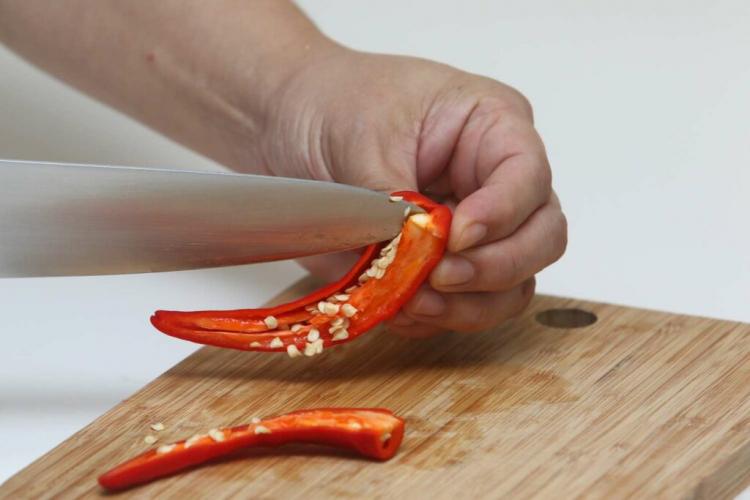
The right heat for chillies
Although determining the right time to ripen chilli is difficult enough, we are now bringing the degree of spiciness into play. The riper the chilli indeed gets, the more and more capsaicin is stored – the substance that makes the chillies hot. But when the chilli is fully ripe, it hardly stores any capsaicin. It is more likely that it loses some of its spiciness the longer the chilli is left hanging. It is best to find out for yourself which harvest time is optimal for each chilli variety and which suits your preferences.
Store and preserve chilli
Freshly harvested chillies are best stored in the refrigerator. The pods should ideally be open and not in a closed container, otherwise, condensation and mold can form. The fresh chillies keep in the refrigerator for several weeks.
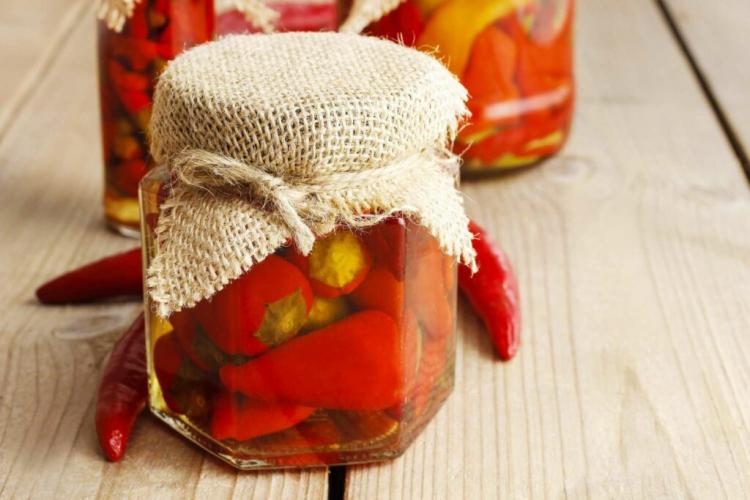
If the chilli harvest has turned out to be very rich and you cannot process all of your chillies at once, there are many ways to preserve them. Arguably the easiest way to preserve chillies is to freeze them. Chilies tolerate the time in the freezer very well, and frozen chillies can be used like fresh chillies at any time. Other ways to preserve chilies are, for example, drying, pickling, or boiling. Everything you need to know about preserving chillies can be found here.
Have you ever sown chilli seeds yourself? This is child’s play with our Gardender chili growing set. The cultivation set contains five chilli varieties with different degrees of heat, as well as all the materials you need for chilli sowing: growing pots, substrate, plant labels, and a reusable mini greenhouse.
You might so like:
